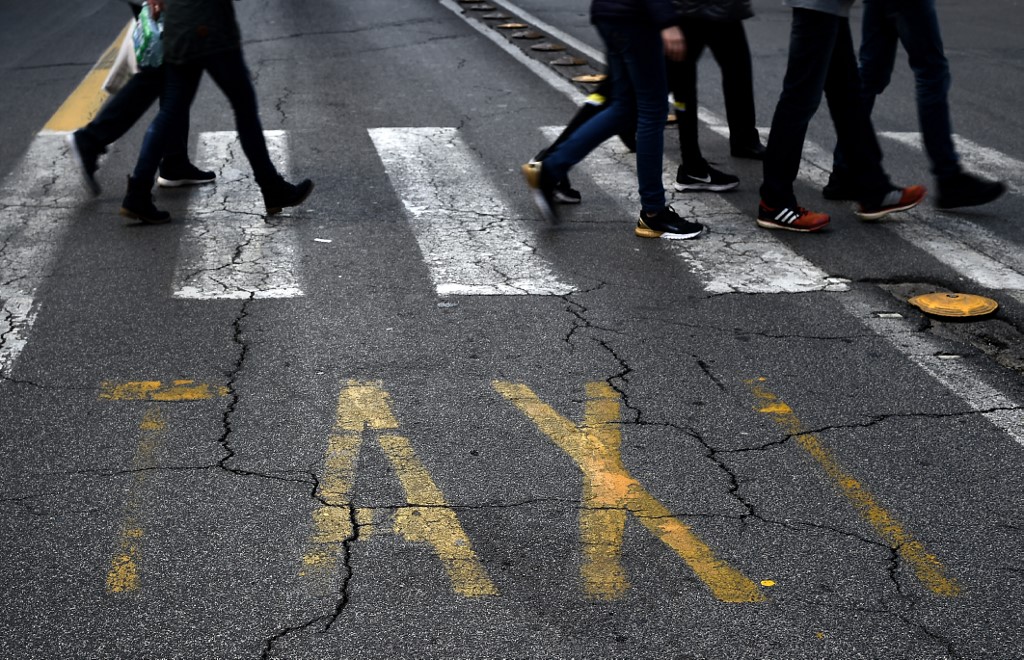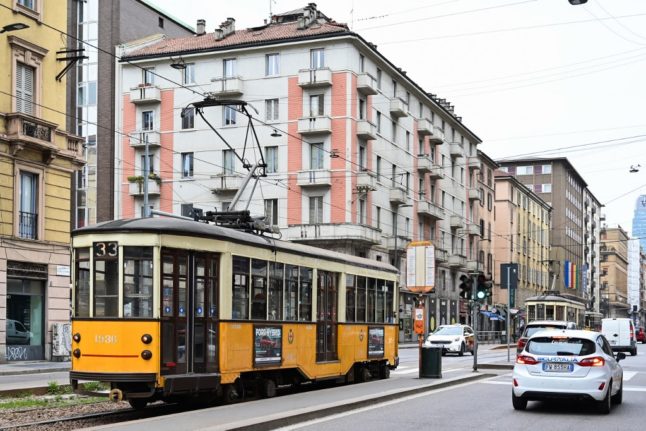January is usually a fairly quiet month in Italy when it comes to transport walkouts.
This year however, there are multiple protests which people travelling to, from or across the country need to be aware of.
Below we’ve listed the demonstrations that may cause the most disruption to travellers in the coming weeks. You can see all of the smaller local and regional walkouts planned for this month on the Italian transport ministry’s strike calendar.
January 23rd – Taxi strike in Rome
Taxi services in the capital may be significantly limited on Tuesday, January 23rd due to a 24-hour local taxi drivers’ strike.
The protest was called earlier this month by USB – one of Italy’s largest transport unions – in protest against an “increase in taxi licences” and the growing presence of “multinational corporations” within national taxi services.
It’s not yet known how many drivers will participate in the walkout, but anyone planning to use cab services on the day should be prepared to find alternative transportation.

January 24th – Nationwide public transport strike
Commuters in Italy are expected to face significant travel disruption on Wednesday, January 24th as public transport staff around the country plan to take part in a 24-hour walkout.
The strike, which is backed by three of Italy’s largest transport unions, is expected to affect bus, subway and tram services but shouldn’t impact the normal operation of interregional and long-distance trains.
The level of disruption caused by the walkout will vary by city, with services in large metropolitan areas, including Rome and Milan, expected to be among the most heavily affected.
By law, all public transport operators in Italy are required to provide ‘minimum services’ (servizi essenziali or minimi in Italian) during strike actions to allow commuters to make the journey to and from their destination.
Minimum services are generally guaranteed to operate during two separate time windows – one in the morning and the other in the evening – but the exact times will once again vary from city to city.
For instance, Milan’s main public transport operator ATM will run minimum services from midnight to 8.45am and then from 3pm to 6pm.
Rome’s transport operator ATAC has said it will guarantee a number of essential services from midnight to 8.30am and then from 5pm to 8pm.
Anyone planning to use public transport on Wednesday is advised to check the status of local services with the relevant operator before setting off.
January 24th – Nationwide air traffic controllers’ strike
Airline passengers travelling to or from Italy may face flight delays and/or cancellations on Wednesday, January 24th as staff at national air traffic control company Enav plan to strike from 1pm to 5pm.
At the time of writing, no airline has announced changes to the scheduled departure or arrival times of flights to or from Italy, but, should delays or cancellations be announced, we will update this section accordingly.
It’s worth remembering that, under national laws, flights scheduled to depart between 7-10am and between 6-9pm are protected from strikes and should therefore go ahead as usual on Wednesday.
A full list of guaranteed flights will be made available on Enav’s own website closer to the strike date.
All passengers planning to fly to or from Italian airports on Wednesday are advised to check the status of the flight with their airline before setting off.
READ ALSO: What are my rights in Italy if a flight is cancelled or delayed?
There currently are no other major strikes planned for the coming weeks but, should other relevant walkouts be announced, we will update the calendar accordingly.
Most strikes in Italy are planned well in advance of the actual strike date, but last-minute walkouts or unannounced demonstrations cannot be completely ruled out.
How bad are strikes in Italy?
Strikes in Italy are frequent but not all of them cause significant disruption for travellers.
The severity of disruption caused by any strike in the country largely depends on how many staff in any part of the transport sector decide to participate on the day.
Even in the case of highly disruptive strikes, some essential services (or servizi minimi) are guaranteed to run at peak times. This goes for all transport sectors, from local public transport to rail and air travel.
Keep up with the latest updates in The Local’s strike news section.



 Please whitelist us to continue reading.
Please whitelist us to continue reading.
Member comments